It all started, as things Provençal so often do, with a smell, in this case the smell of a BBQ. A smell so utterly captivating that I abandoned my morning coffee mid-sip, mid-chapter, and mid-existential-crisis, and followed it barefoot from my living room to the street like a cartoon hobo trailing the wafting aroma of a fresh apple pie. I will get to the new Leica SL3-S a bit later.
Tranquillity disrupted
I live in a small village in the Luberon Valley, the heart of Provence, where the excitement level typically hovers between “a goat wandered off” and “Jean-Paul found a Roman coin in his tomato patch.” But this was something different.
This was something serious. The kind of olfactory eruption that only comes when someone — possibly multiple someones—are attempting to outdo one another with live fire, butter, and a devil-may-care attitude toward cholesterol.
Chasing the scent
I shuffled down our cobblestone lane in a pair of mismatched espadrilles and followed the fragrant fog to the village square. There appeared a full-blown Provençal BBQ cook-off, which had taken shape like a culinary flash mob.
Banners were everywhere, along with aprons monogrammed with the names of people who take their meat seriously. And there, glittering in the June sunlight like culinary royalty came down from the Alps, stood several Michelin-starred chefs, hands on hips, eyes narrowed in judgment.
Gods of fire
In France, a Michelin-starred chef is not just a cook. He is a demi-god, a culinary warlock who has coaxed perfection from an artichoke and once made a food critic weep into his napkin with a well-timed reduction.
These men — and they were, of course, men, some with matching grey temples and forearms like baguettes — stood ready to inspect what these Provençal villagers dared to place before them. The whole BBQ thing had the air of an Olympic final if the Olympics took place in a wine-soaked courtyard and involved suspicious amounts of duck fat.
Enough to make you salivate
Every table was a symphony of early summer produce and animal protein, arranged in the kind of decorative overkill usually reserved for weddings and funerals. There were glistening cuts of pork, still marbled with ribbons of creamy fat, sizzling away on beautiful modern BBQ grills. Apricots — halved, grilled, and doused in lavender honey — lounged provocatively beside pork chops like sunbathers who’d wandered onto the wrong set.
The creators of the sizzle
One man, who bore a strong resemblance to Gérard Depardieu if he’d been stung by a bee, was fanning the flames beneath a sizzling sheet of raw tuna, his forehead glistening with both pride and perspiration. Next to him, a woman named Nadège was preparing mussels the size of toddlers, which she cooked directly on the coals in a BBQ-like contraption that may once have been a Provençal church censer. Each one popped open with a satisfying hiss and was promptly drizzled with pastis and topped with chimichurri.
Fruit on the BBQ grill
The strawberries, of course, were having a moment. It’s early June in Provence, which means strawberries are at their peak — plump, perfumed, and the colour of a traffic light trying to seduce you. One contestant had impaled a dozen on rosemary skewers, dusted them with sugar and orange zest, and seared them on the edge of his grill like a man with unresolved issues.
Another created an entire dessert BBQ grill plate: strawberries, cherries, and peaches (presumably smuggled in from the next valley), served atop something called a “Sable Breton” with crème fraîche so thick it came with its own gravitational field.
The serious business of judging
The judges wandered from table to table with the slow deliberation of men who had no intention of eating dinner that night, making small Gallic noises of approval or dismay that said everything and nothing at once. A sniff here. A raised eyebrow there. The occasional soft murmur of “c’est audacieux…” followed by an unspoken “…and possibly criminal accusation.”
Authority and expertise in abundance
The crowd was, as always, a study in contrasts. Some came for the food. Others came for the drama. The crowd, naturally, included an impressive number of self-declared experts. In Provence, every Frenchman — regardless of profession, age, or dental hygiene — is a walking and smoking authority on what constitutes true haute cuisine.
These men, many of whom have never been within 100 meters of a Michelin-starred kitchen, can nonetheless identify an improperly rested leg of lamb with the same casual certainty most of us apply to recognising our own shoes.
An impromptu market to tempt the hungry
In addition to the contestants, local vendors had eagerly set up stalls at the edge of the square. Baskets of glistening cherries and sun-warmed apricots beckoned passersby. Children ran about unsupervised; their mouths stained with cherry juice and the kind of sugar high that makes dentists nervous.
While bowls of wrinkled black olives and pyramids of creamy goat cheese stood like edible sculptures. Carafes of golden olive oil shimmered in the sun, flanked by knotted ropes of garlic-laced sausages hanging like festive garlands. And of course, the village wine shop had wheeled out a formidable line-up of rosés, each bottle sweating gently in the heat like a Provençal debutante.
Inventiveness and heat to test the judges
And while there were no North American-style “pit masters” (thank heavens, or we’d still be hearing about their custom-built smokers and 17-hour briskets), the artistry was no less intense. Every dish had a story, a flourish, a touch of theatre. One contestant had reinvented the humble zucchini flower by stuffing it with a mixture of chèvre, herbs, and enough garlic to ward off a midsummer plague.
By early afternoon, the Provençal heat was sweltering, and the judges were visibly wilting behind their sunglasses. The final dishes were brought forward — some on platters of rustic wood, others on slabs of local stone, one on what looked suspiciously like a hubcap.
The judging begins
Tension was thick. One contestant nervously adjusted his hat at least 38 times. Another broke into spontaneous song. A third poured a glass of rosé, drank it, and immediately poured another. The chefs conferred in hushed tones, scribbled notes with practiced flair, and finally approached the microphone.
Debating outcomes and leftovers
I stayed until the end, sipping Perrier and nibbling on the leftover apricot tarts like a man who had planned none of this and yet knew in his bones that it was precisely what he’d needed. That’s the thing about Provence. One minute you’re debating the merits of herbal tea over espresso, and the next you’re knee-deep in wood-fired miracles and watching a judge from Lyon have a religious experience over a strawberry.
Follow your nose
I wandered home hours later, my clothes scented with the BBQ smoke of vine cuttings and triumph, my heart full, my stomach fuller. The Provençal nose knows, as they say. And it almost always leads you somewhere worth going.
Today’s local adventure was a treat in so many ways. Today, it took me less than a minute on foot to get from my front door to enjoy this celebration. The locals were happy, and the visitors were so thankful that their decision to drop by this morning netted them such an experience, both for them and their kids.
The new Leica SL3-S: it performs with you
All the images captured at this event were taken with my new Leica SL3-S and both the 24-90mm and 90-280mm lenses. My SL3-S was purchased at the Leica Boutique in Marseille a little over a month ago — on one of those mornings when even the parking tickets seem to glint with Provençal optimism.
Since then, it’s followed me loyally through the streets of the city, across the sun-cracked village squares of the Luberon, and into the kind of family gatherings where no one stands still and someone’s always just out of frame. And I can say without blinking: the Leica SL3-S has earned its place.
The weight of expectation
Now, let’s be clear — this is not a featherweight. Paired with the 24–90mm Elmarit or the gloriously overqualified 90–280mm, it makes its presence known. Other much lighter lens choices are available. But Leica doesn’t do gimmicks, and they’ve made the SL3-S purposeful, not punishing. It balances well, handles beautifully, and most importantly, never once feels like it’s trying to outsmart you.
Decisive focus
Autofocus, long the Achilles’ heel of Leica’s otherwise glorious SL lineage, has had what can only be described as a full awakening. It’s no longer the polite, indecisive companion it once was. It now feels attentive, assured—even eager—if you take the time to think about what you’re shooting and dial in the right settings.
Choose your frame rate, select the appropriate AF mode — be it subject tracking, face detection, or zone — and pick a sensible profile. Do that, and the system rewards you with a sticky, accurate, uncannily intuitive focus. It’s not magic, but it’s definitely clever.
A sensor and files that satisfy
The 24MP sensor may not look revolutionary on paper, but in the real world it’s an absolute joy. The files are crisp, beautifully exposed, and flexible. The colours have that unmistakable Leica poise — warm where they should be, cool where you want them, and never digitally overcooked. Skin tones look like actual people you care about. Shadows hold dignity. And if you do need more detail for a gallery wall or something wildly indulgent for your own home, the Multishot mode quietly delivers luscious 94MP stills without the fuss or pretence of medium format.
When the light begins to fade
Low light? It’s positively liberating. I’ve shot candlelit dinners, twilight pétanque games, and rainy back alleys where even cats walk slowly — and the files hold together like a favourite jumper. Clean, cinematic, and full of character.
What I love most, though, is that the SL3-S doesn’t perform for you. It performs with you. It’s a collaborative tool — one that asks you to be deliberate, present, and yes, occasionally forgiving. But that’s photography, isn’t it? And the experience — how it feels in the hand, the quiet confidence of the shutter, the immersive view through the EVF — is about as far from “spec sheet shooting” as one can get.
A partner more than a simple tool
So yes — it’s a tool. But it’s also a companion. It helps you see rather than just shoot. And when the world starts unfolding beautifully in front of your lens, the SL3-S doesn’t get in the way. It simply says, “Go on then. Let’s make something worth remembering.”
More:
Make a donation to help with our running costs
Did you know that Macfilos is run by five photography enthusiasts based in the UK, USA and Europe? We cover all the substantial costs of running the site, and we do not carry advertising because it spoils readers’ enjoyment. Every amount, however small, will be appreciated, and we will write to acknowledge your generosity.


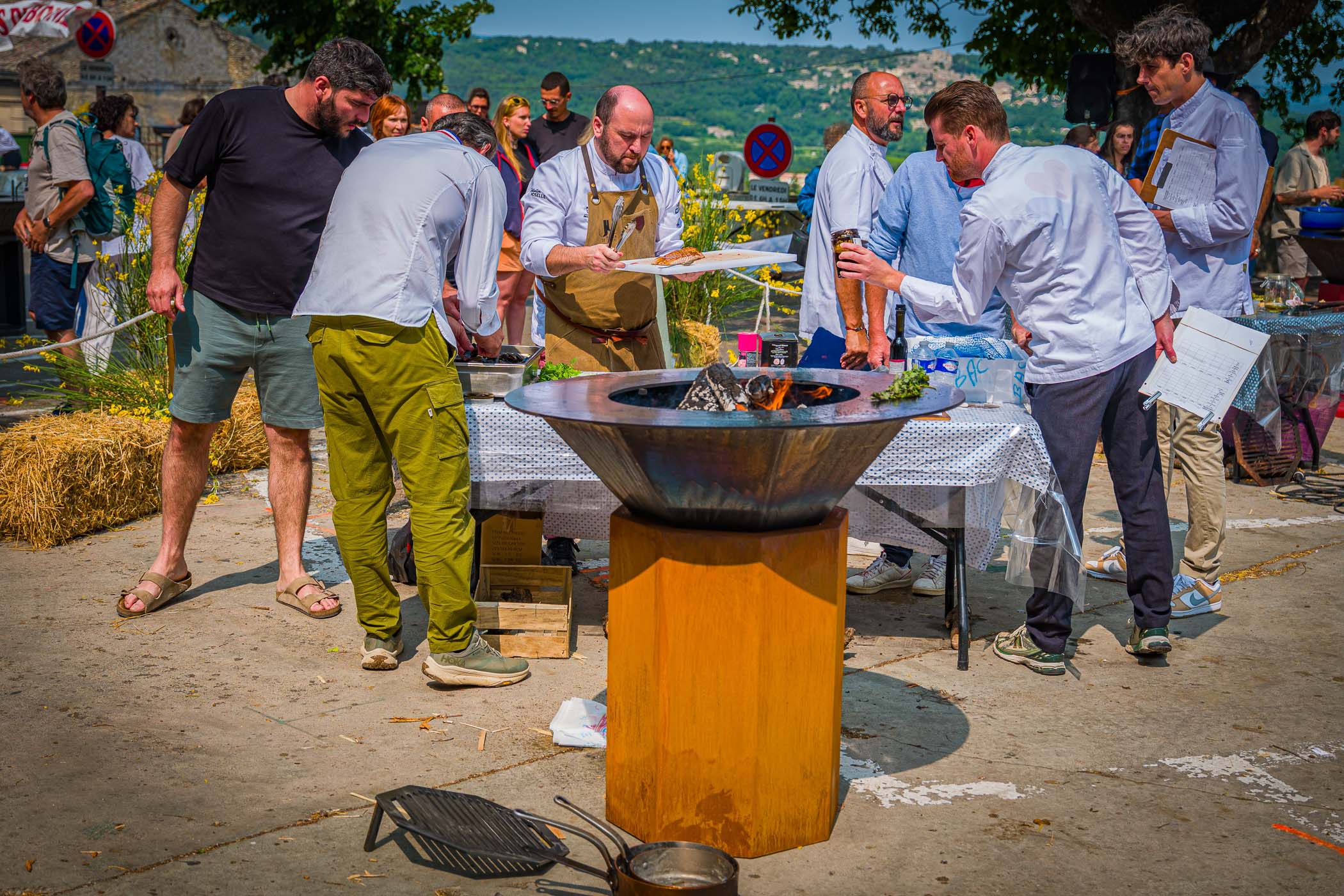
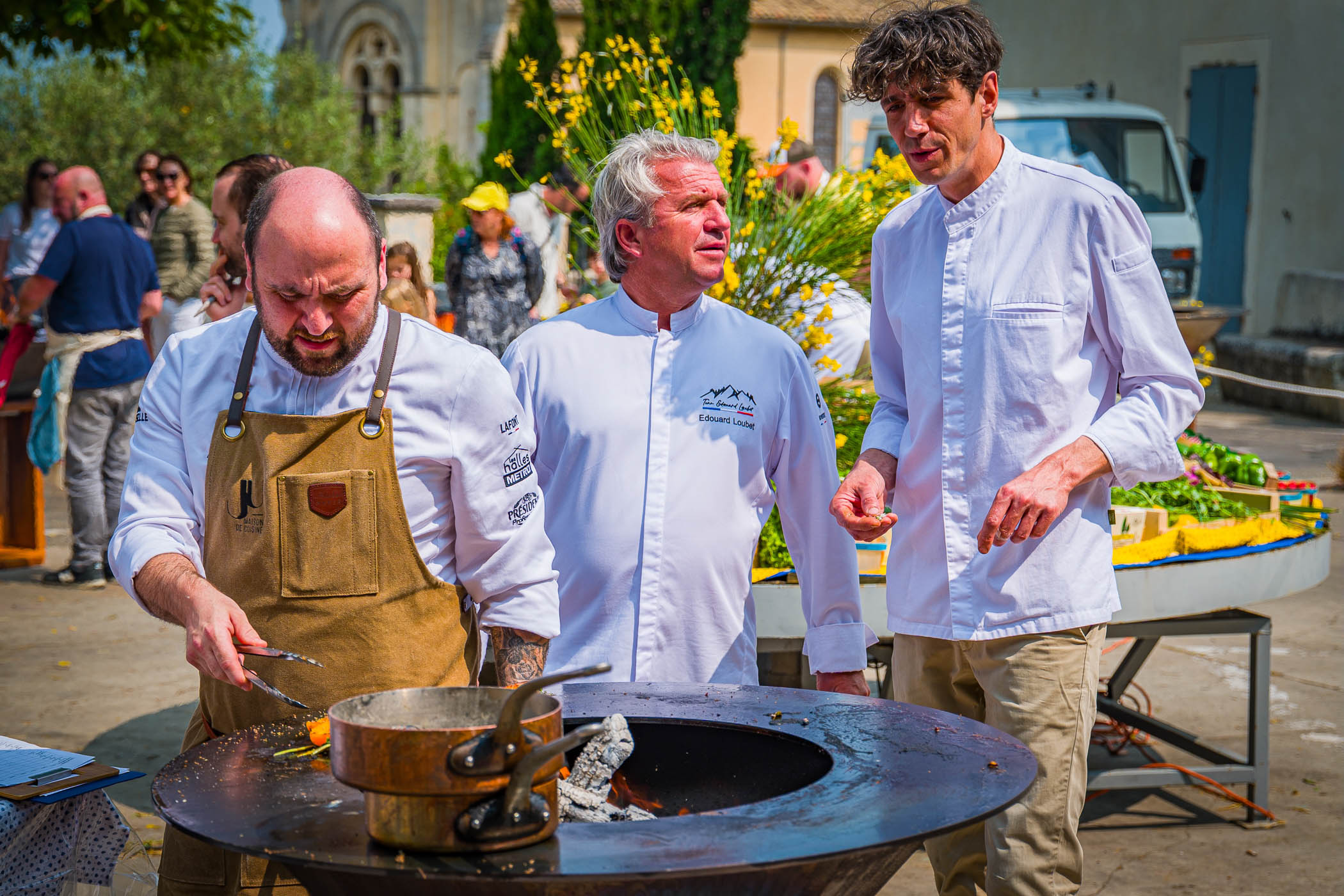
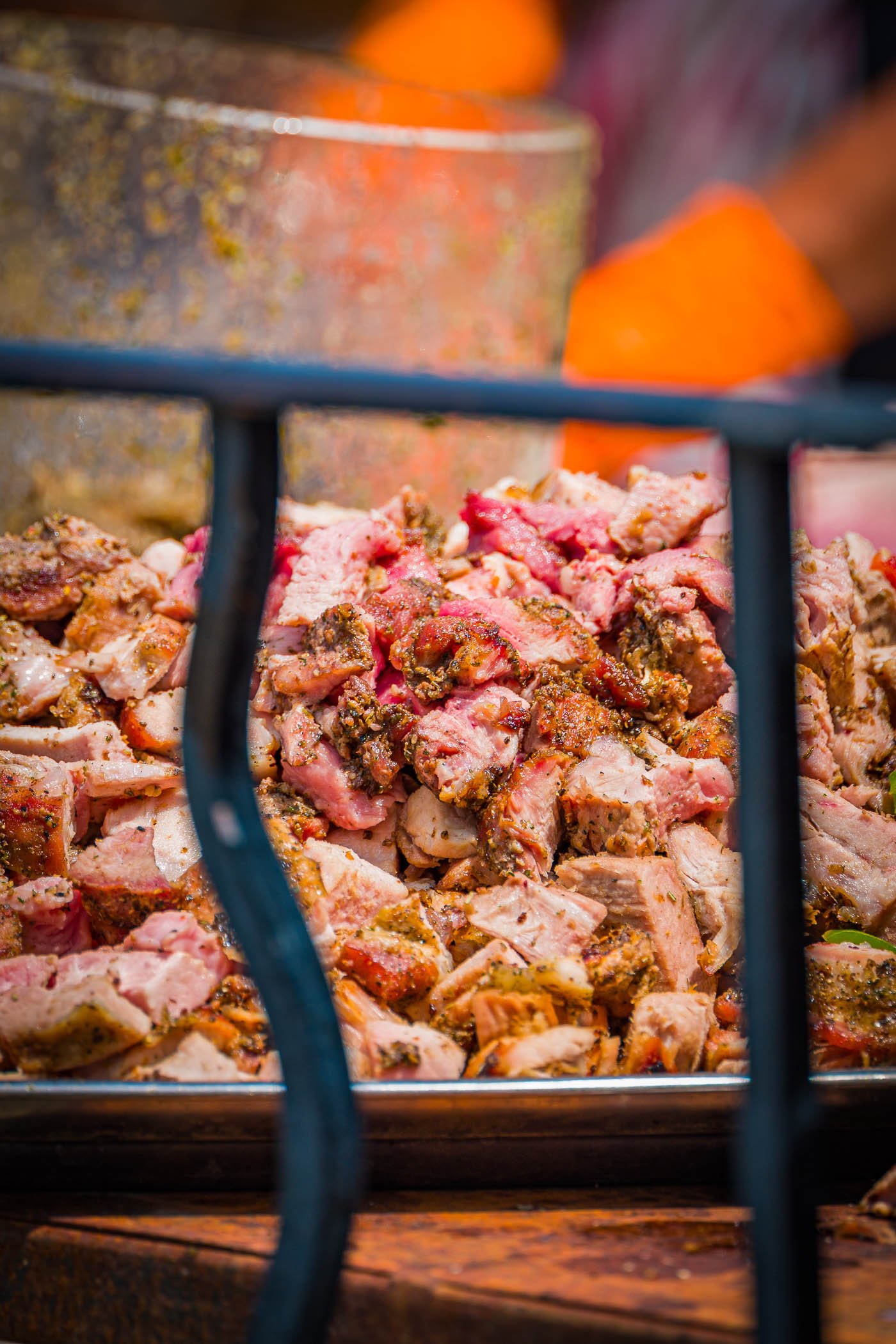
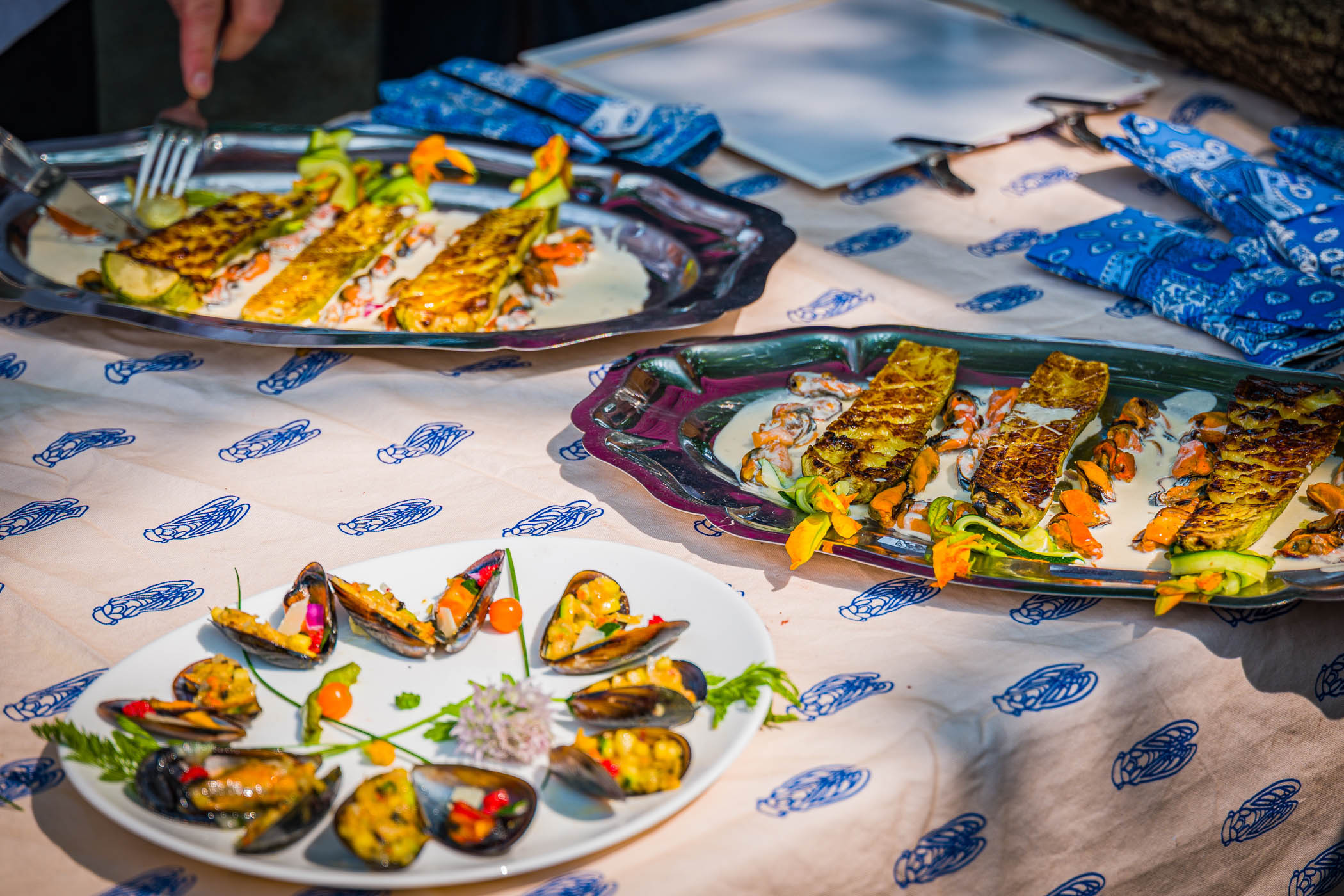
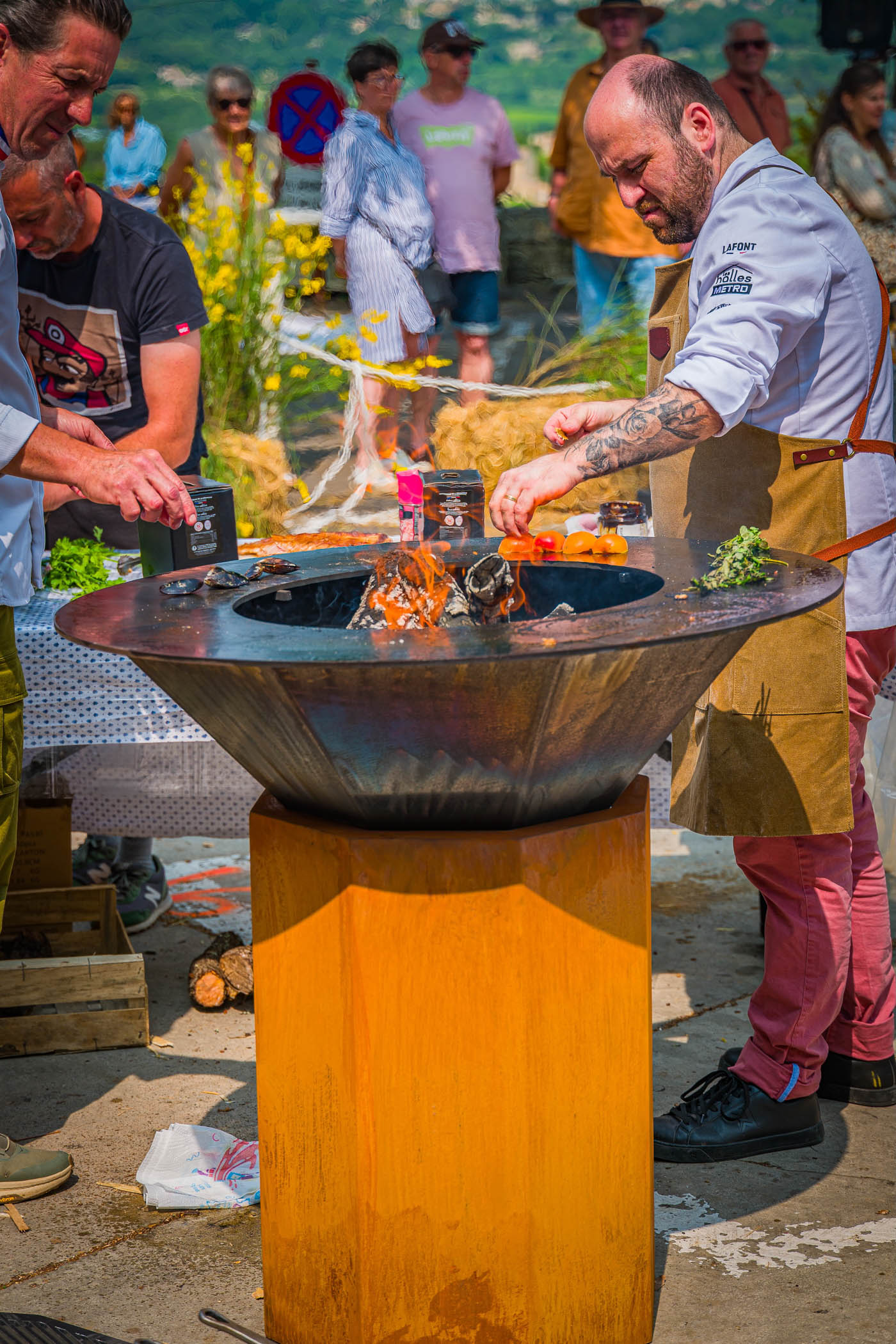
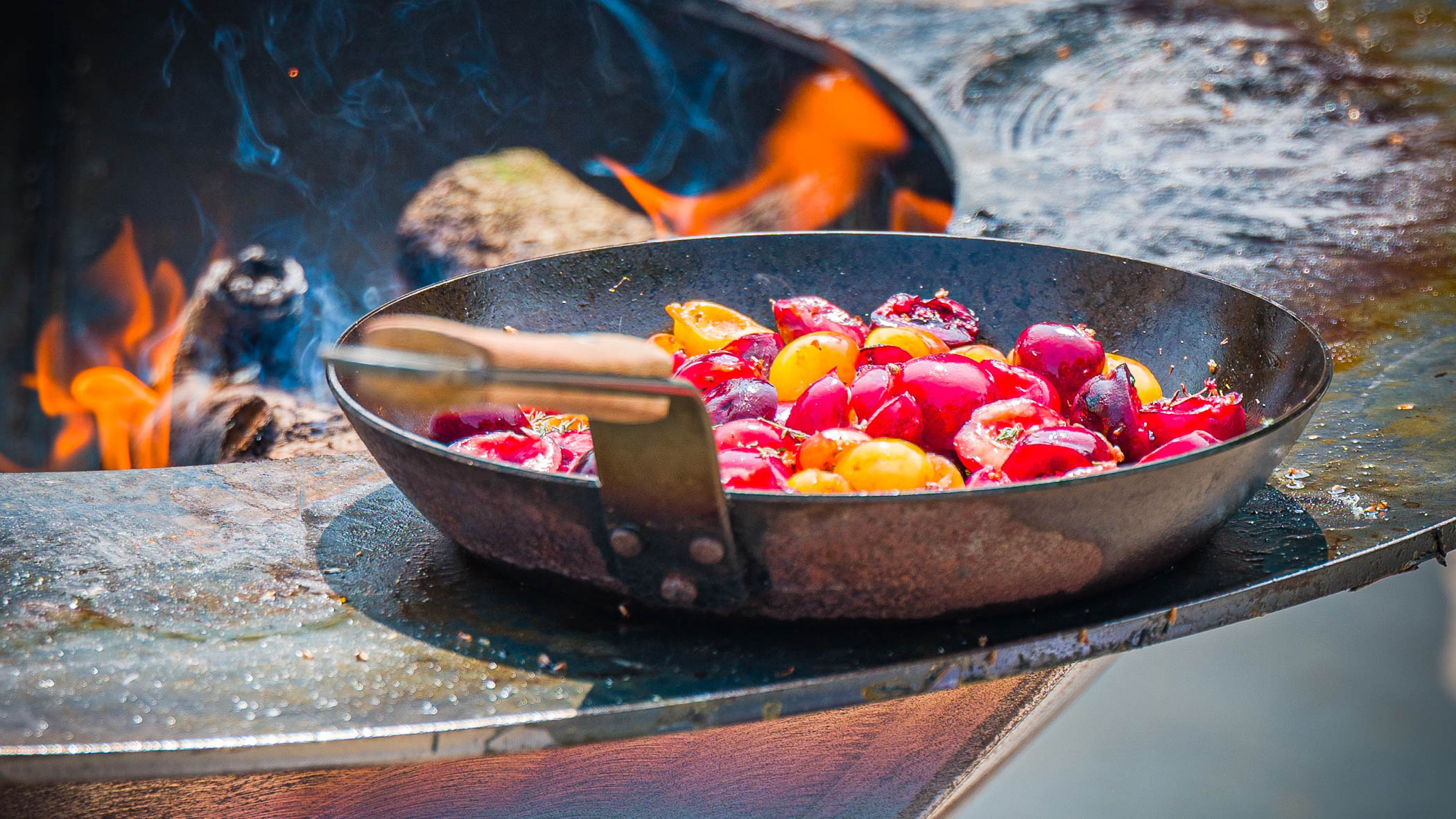
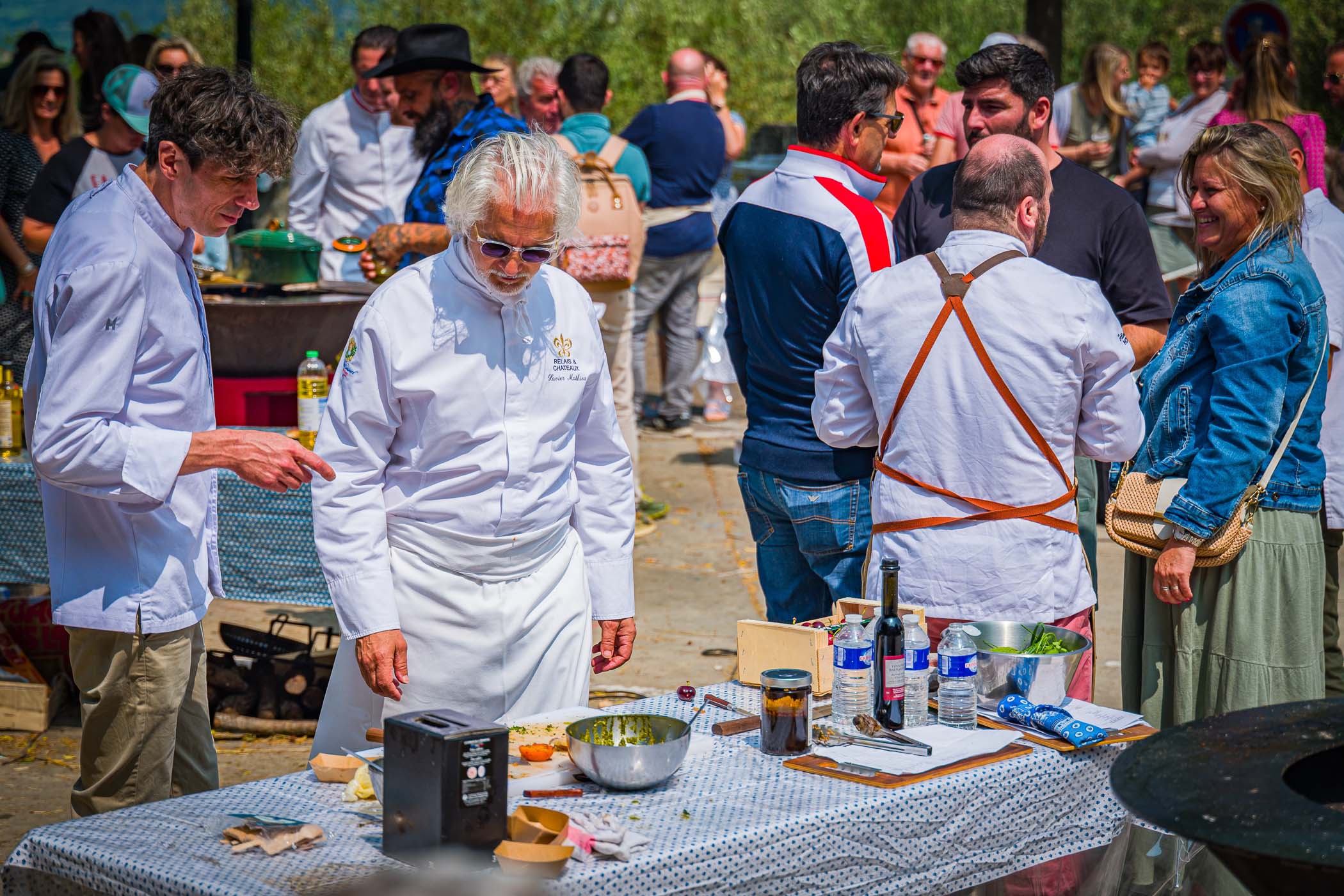
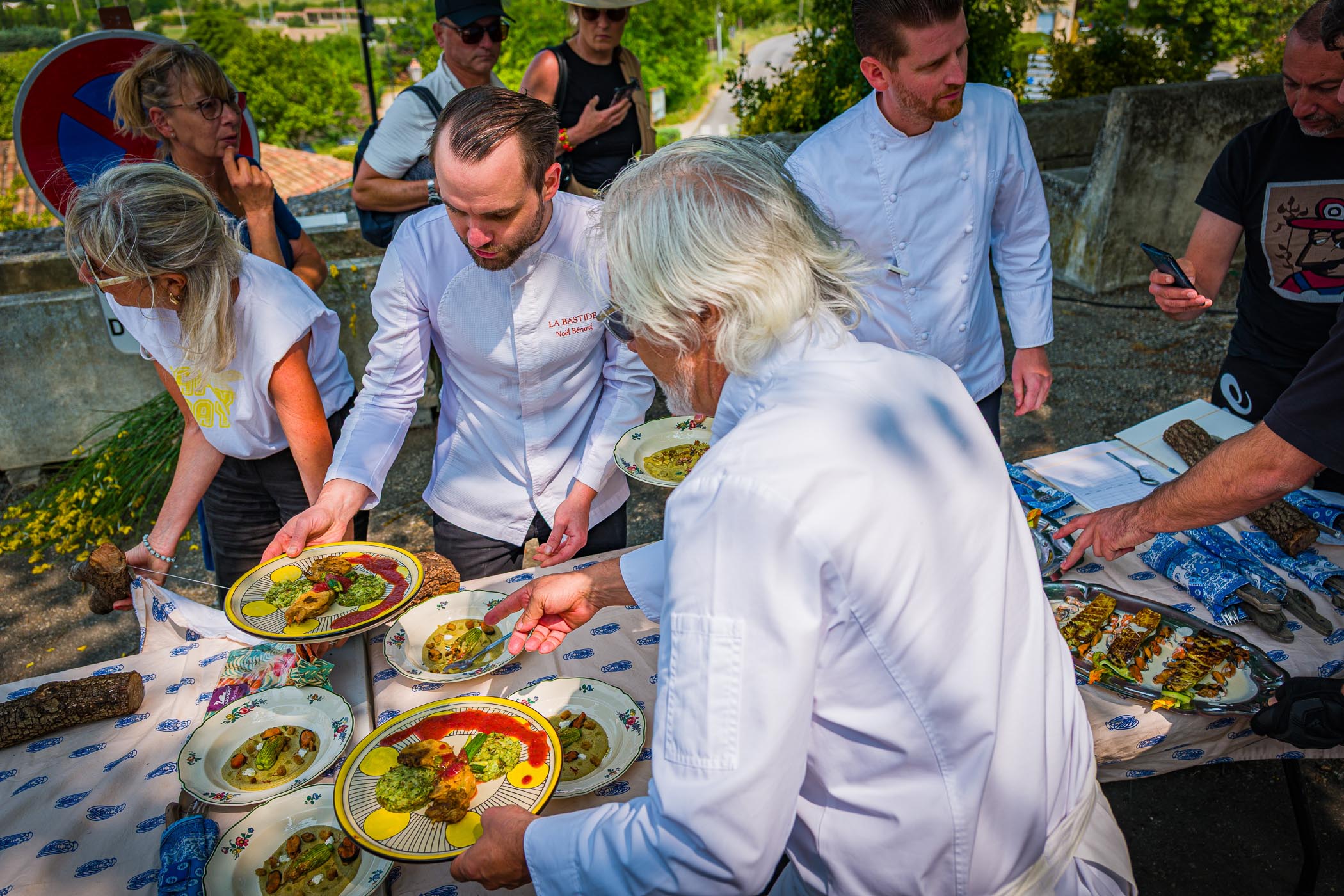
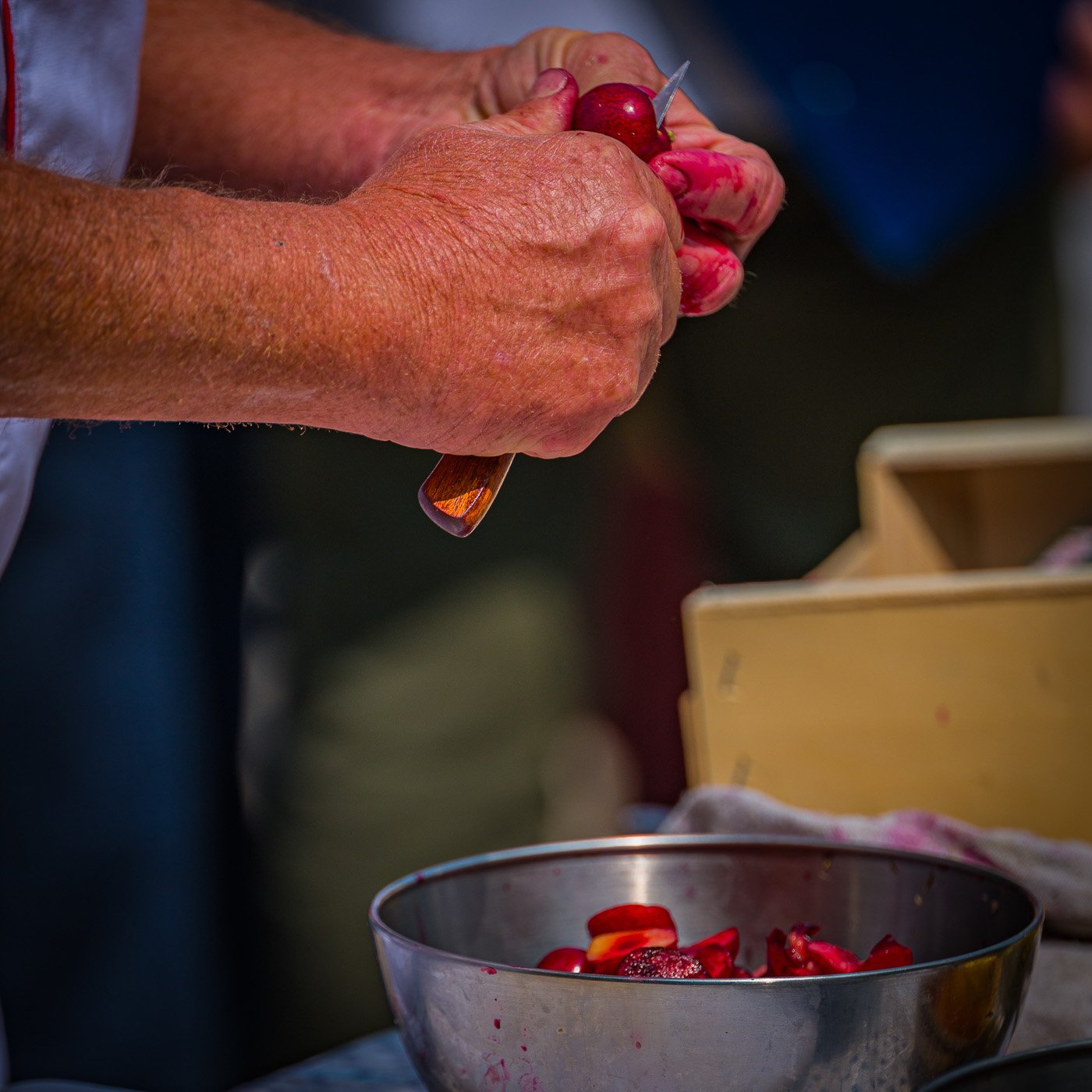
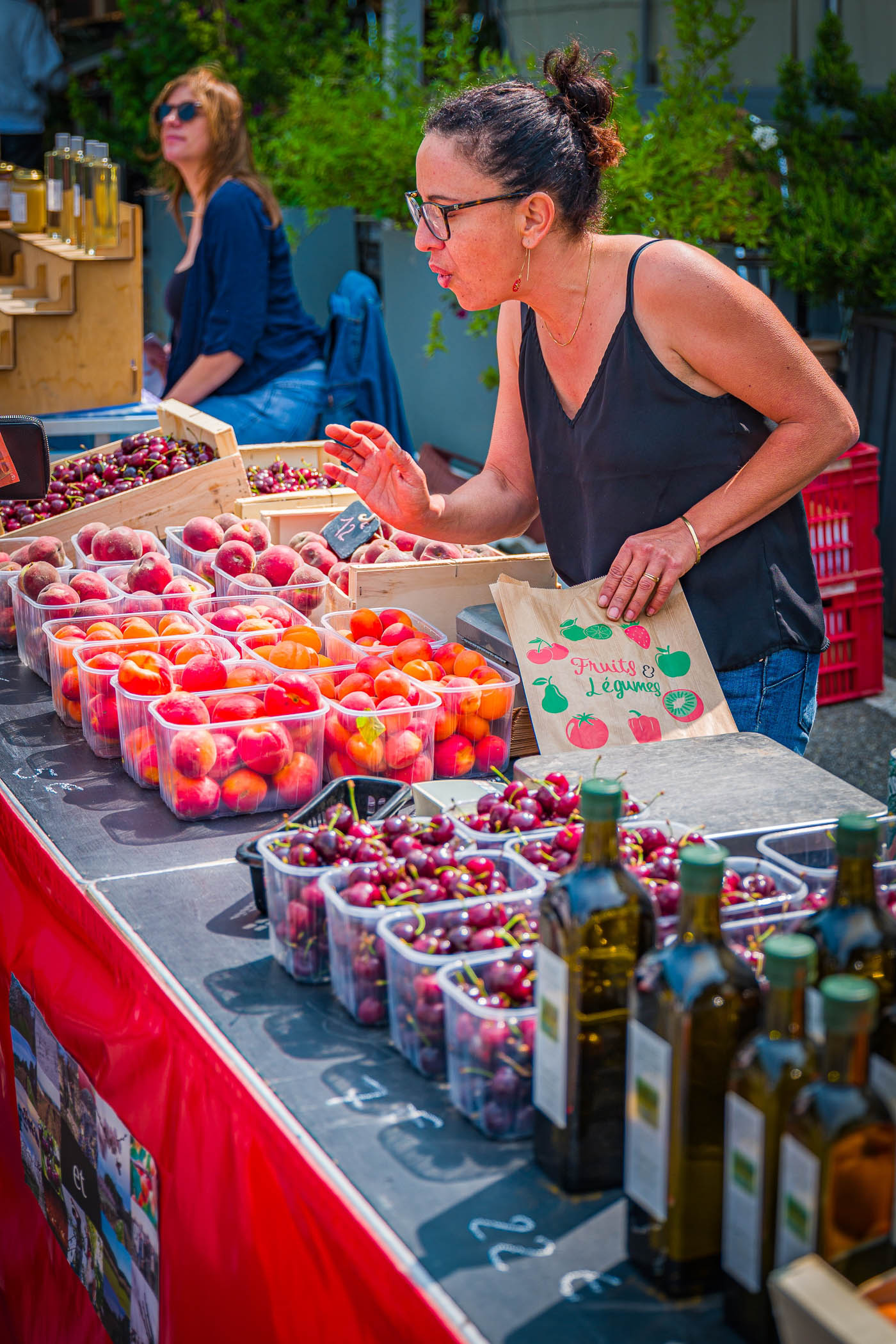
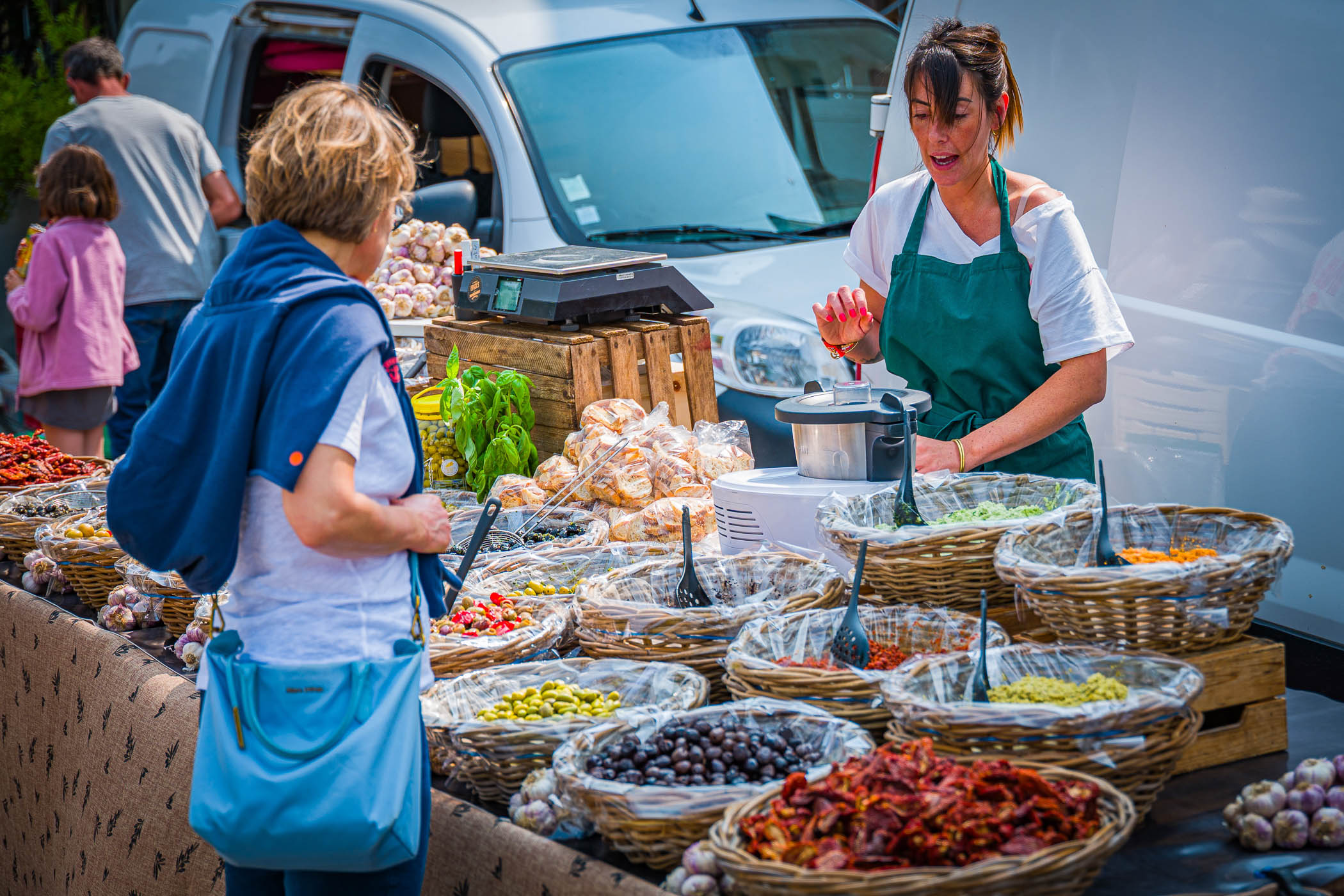
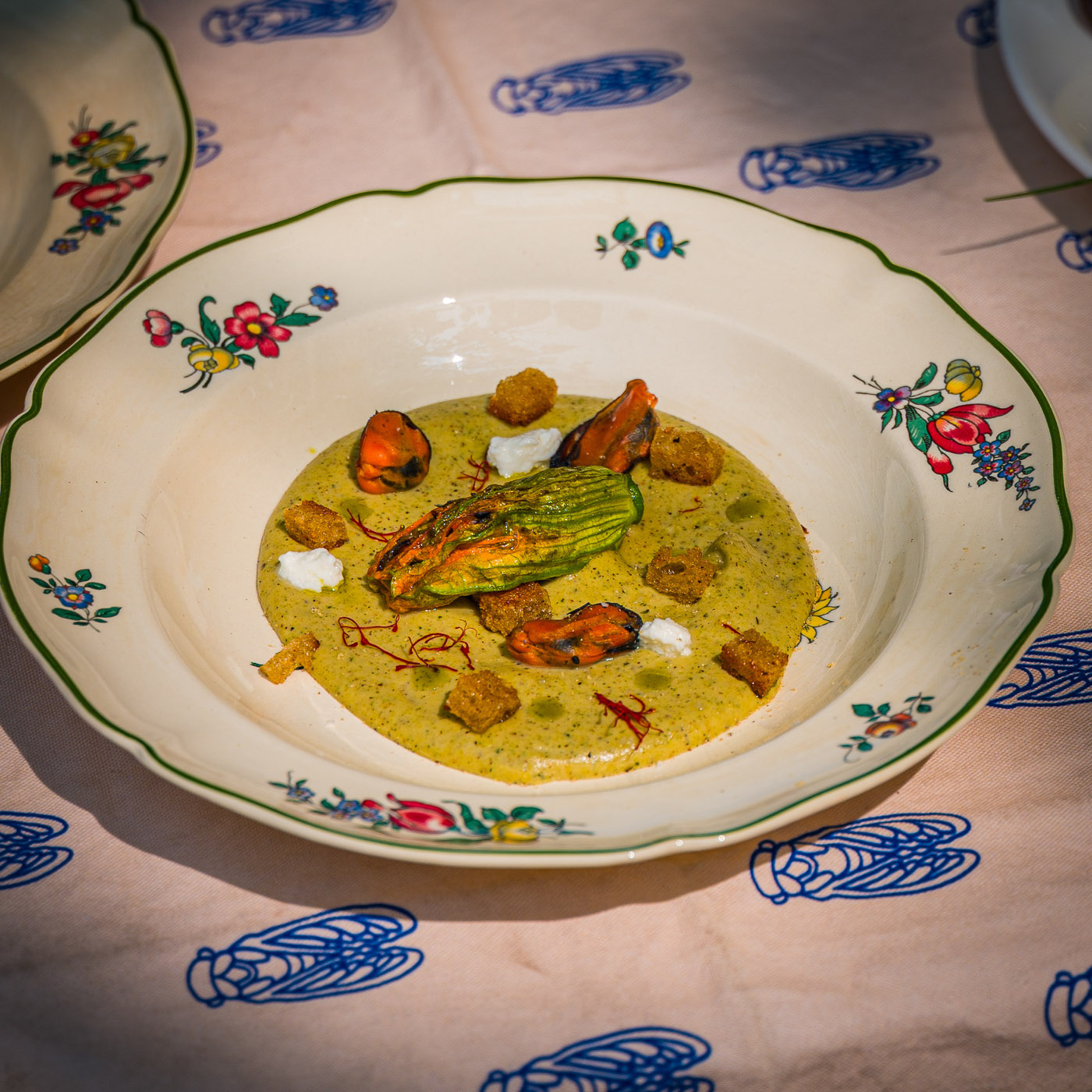
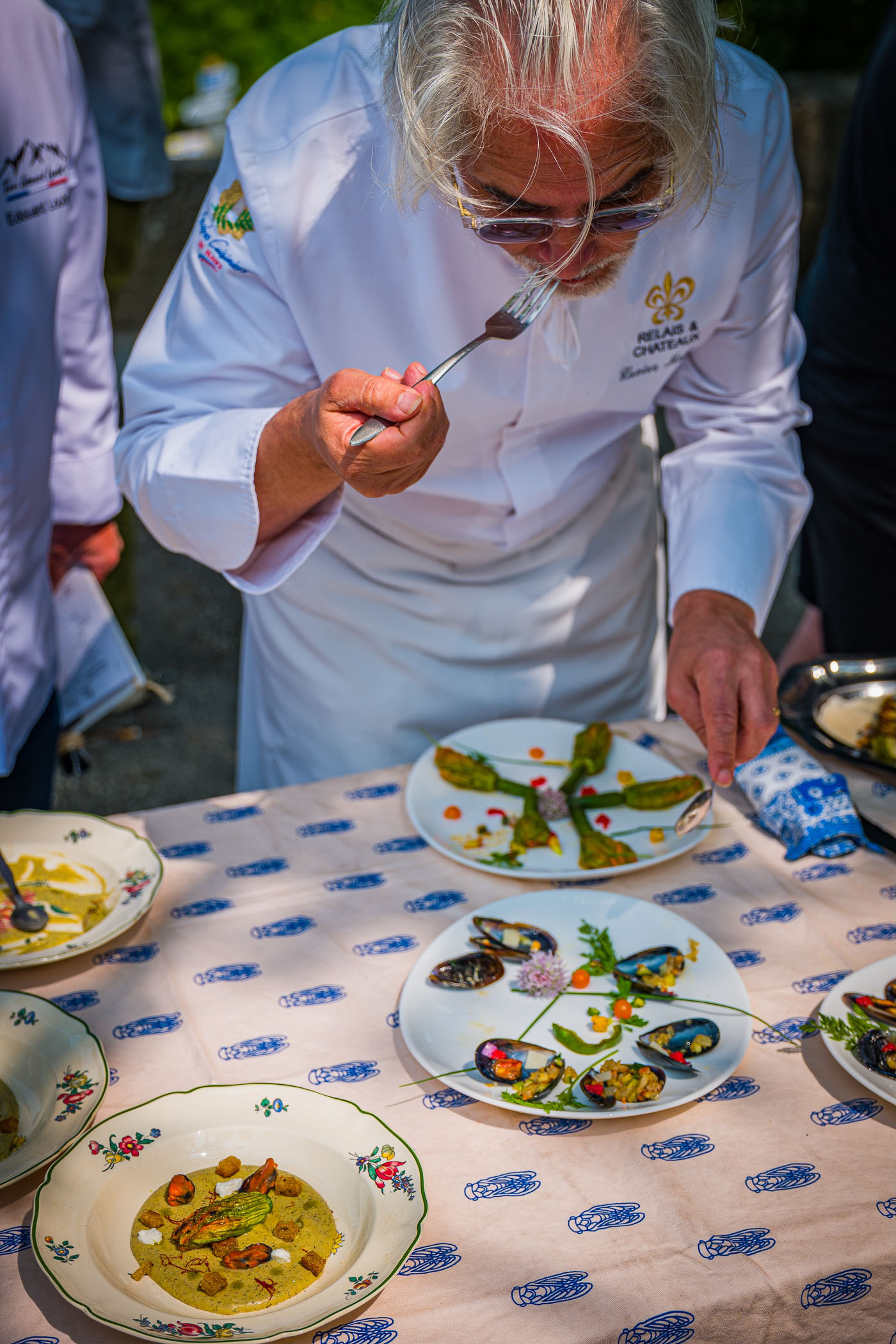
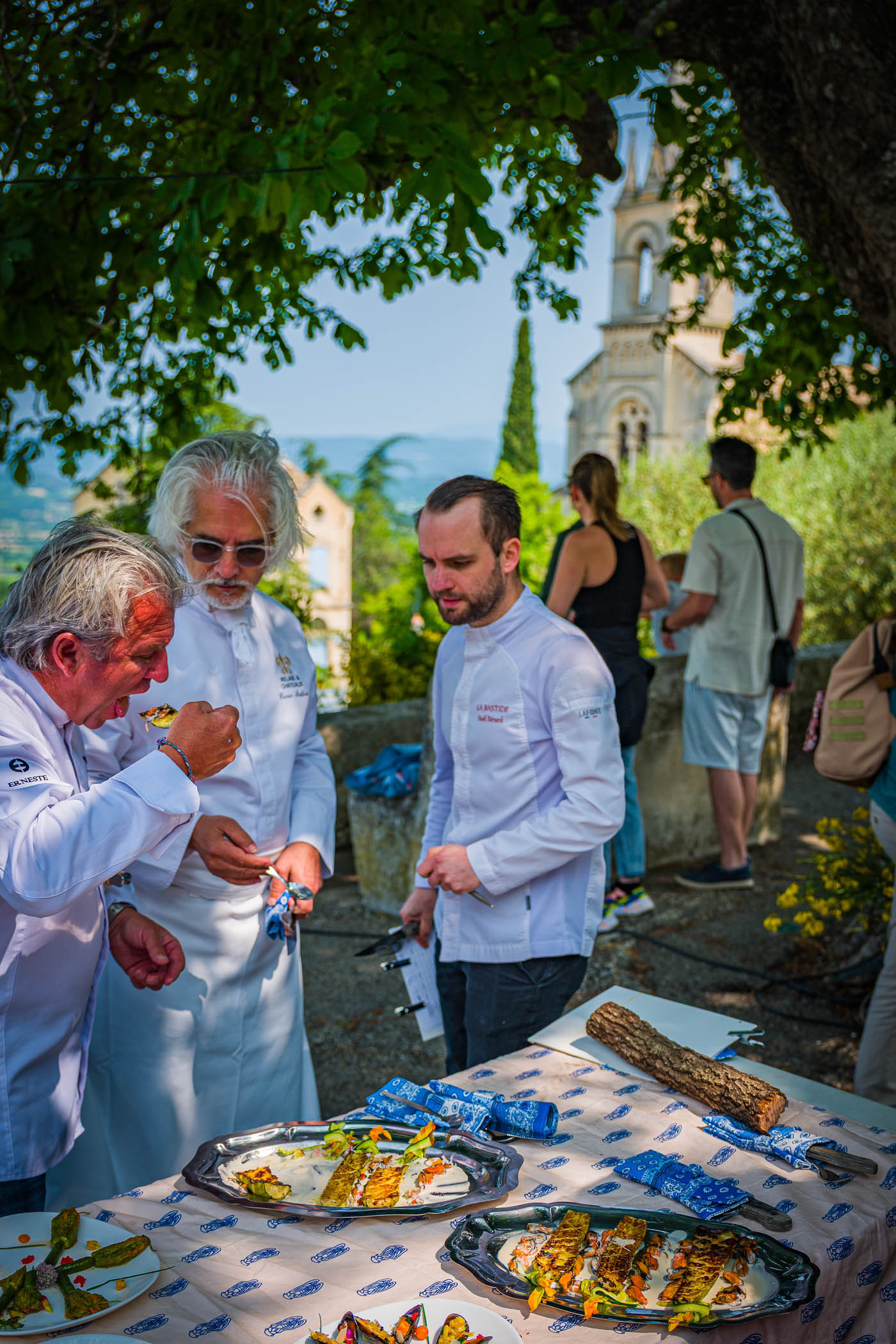
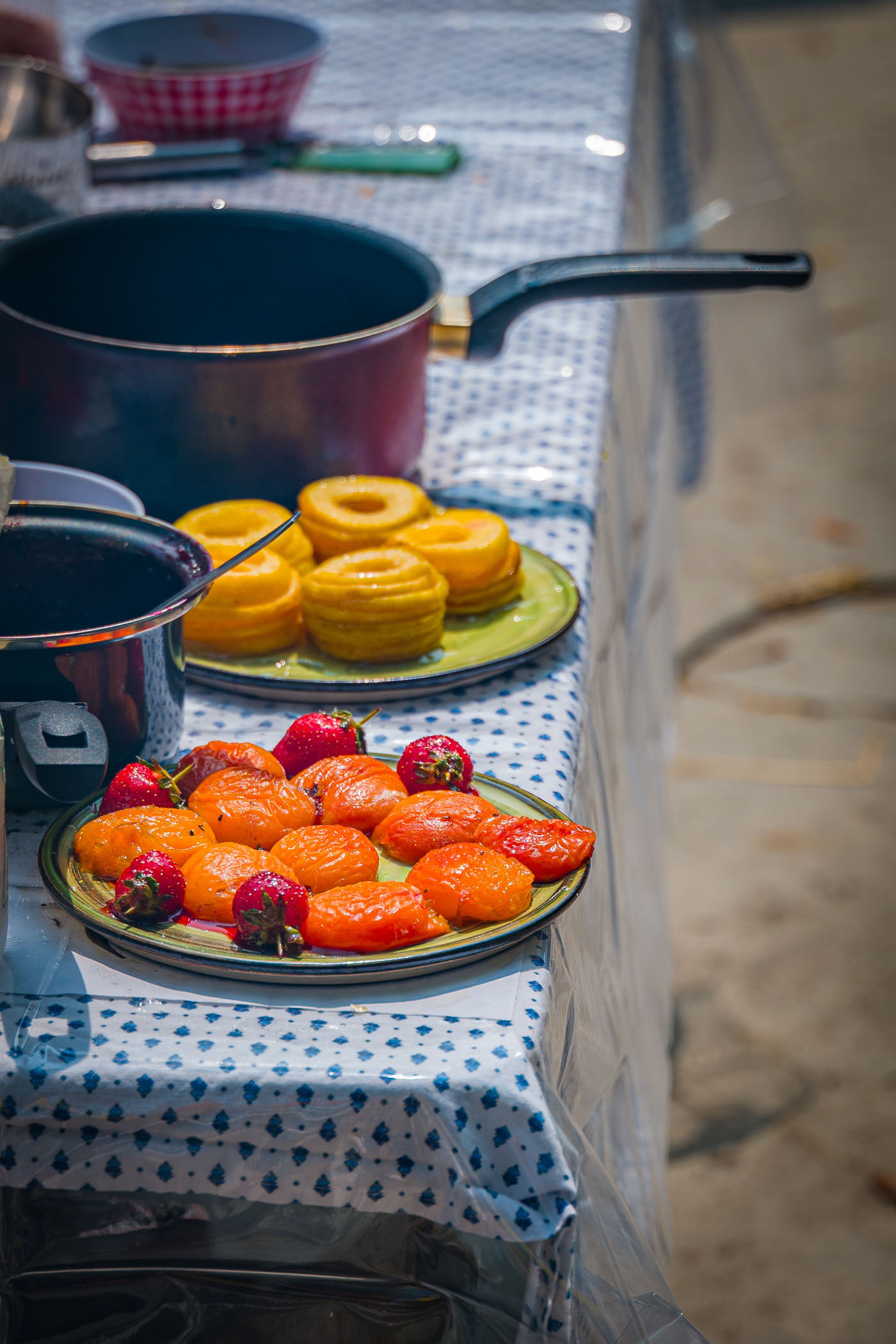
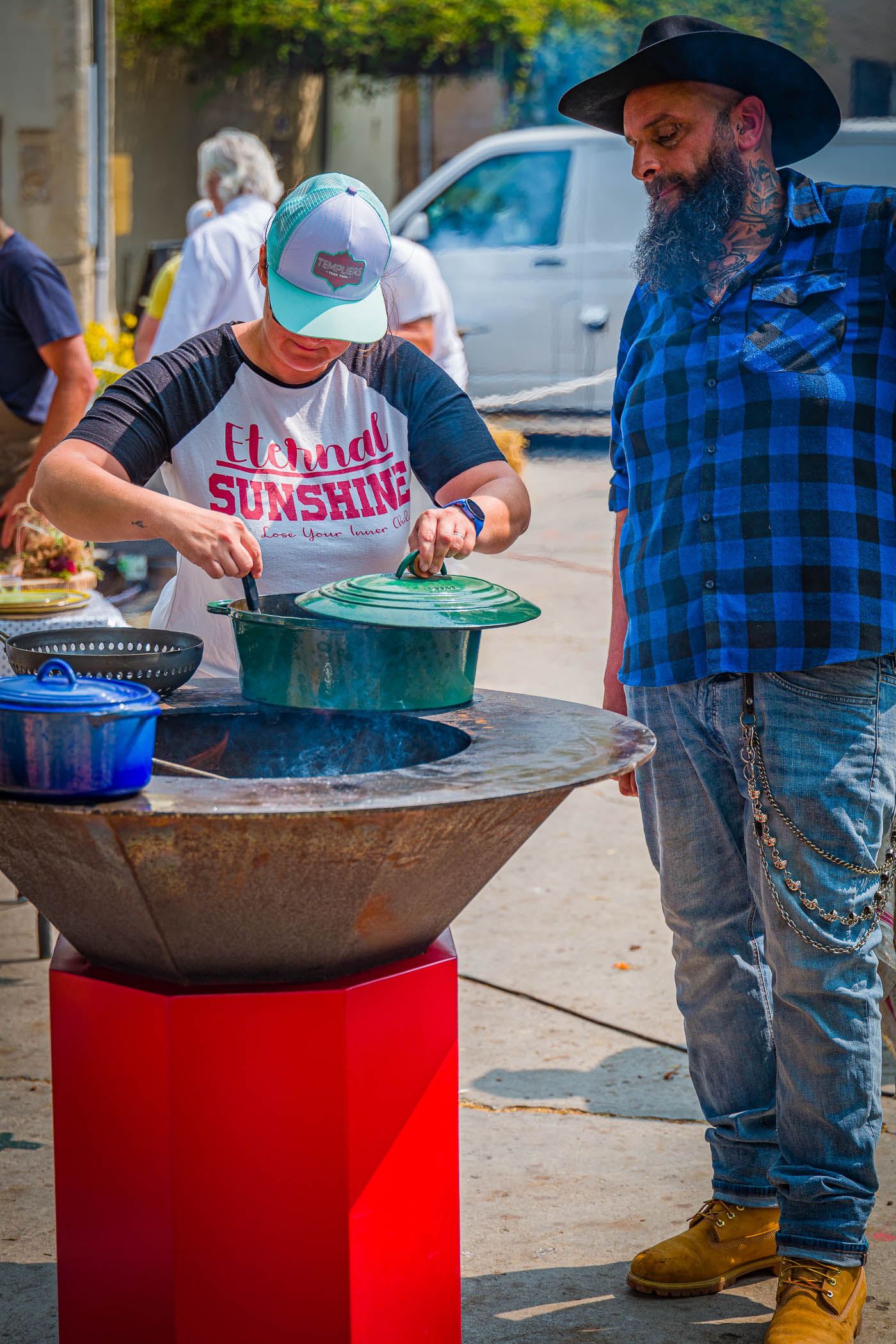
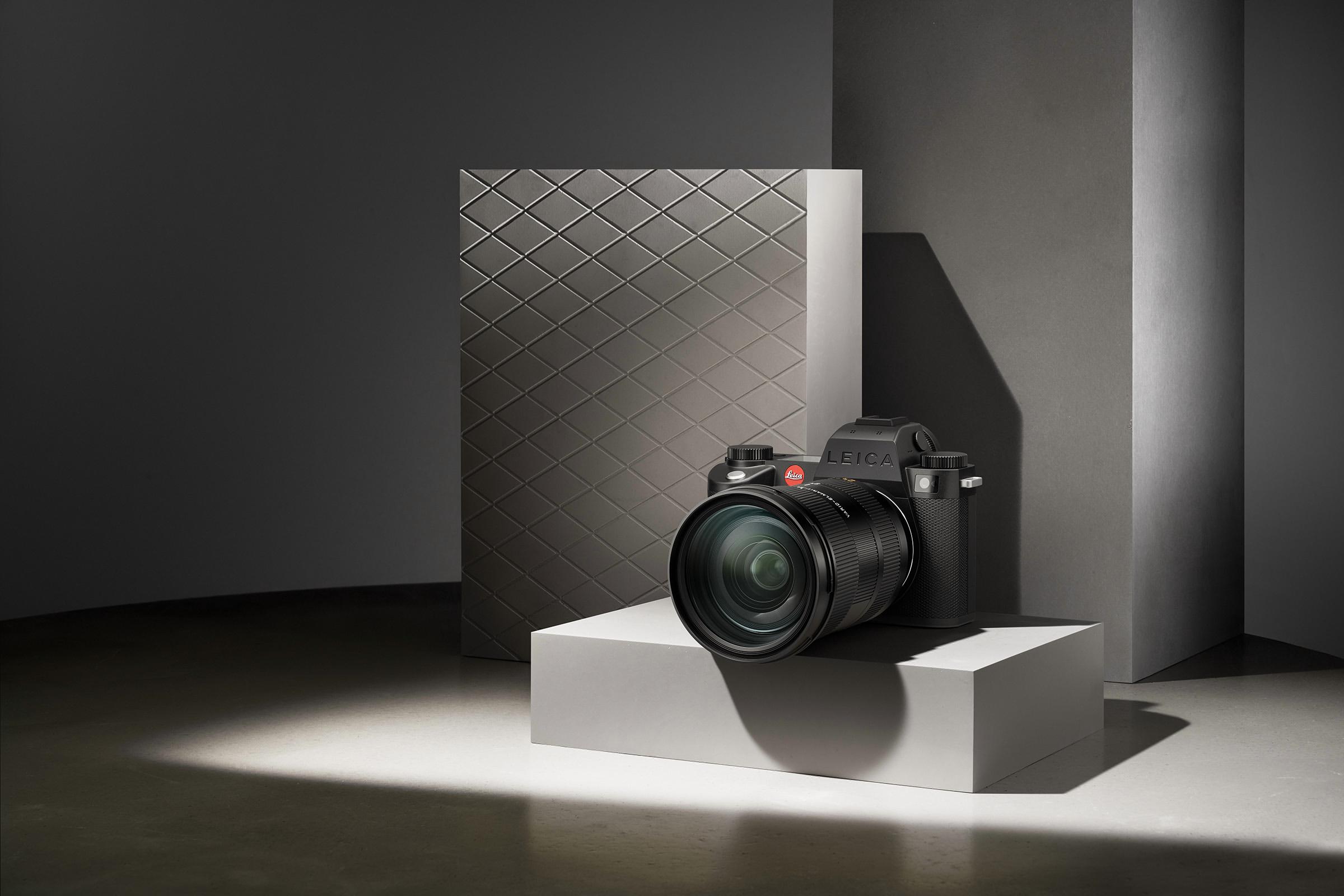
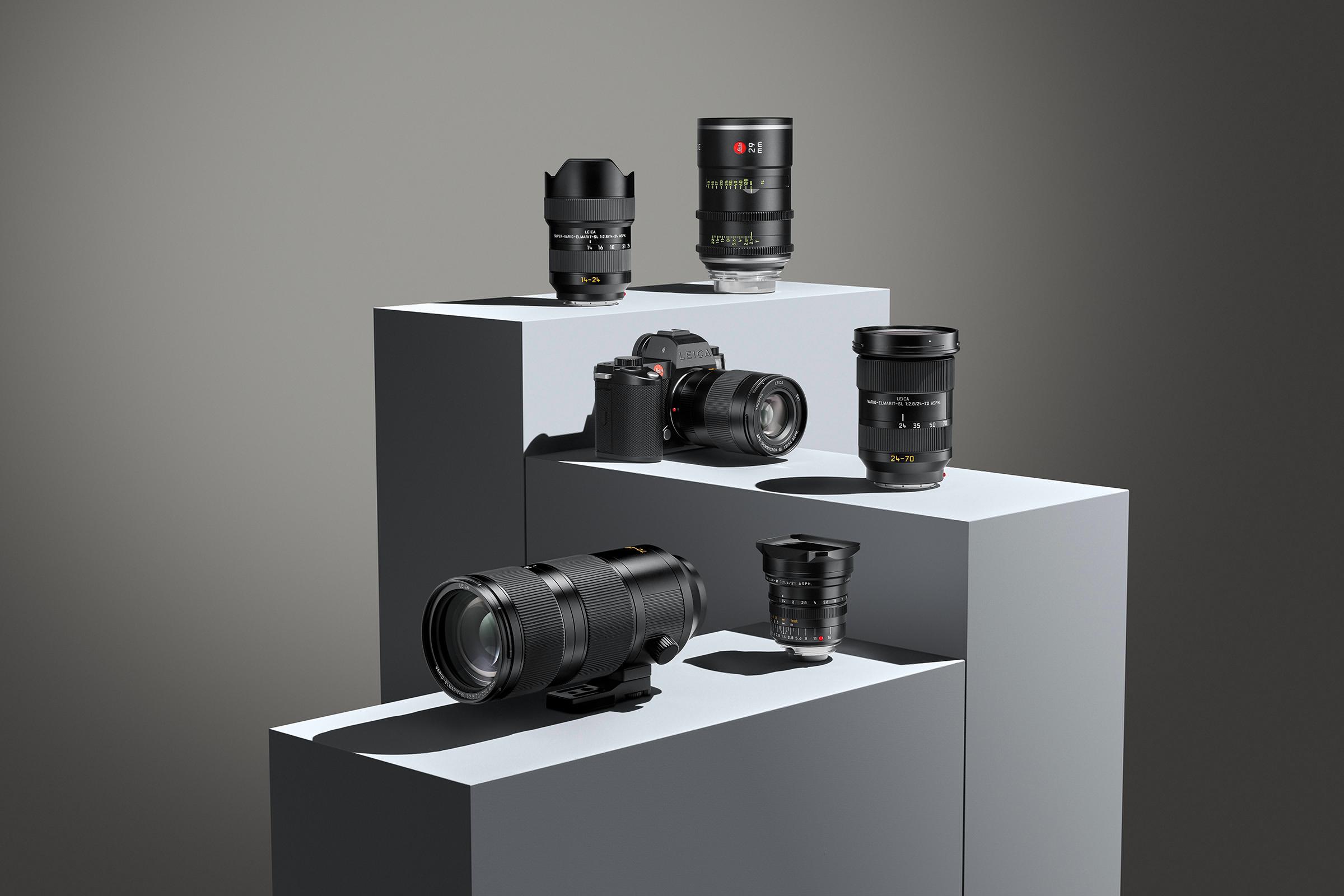

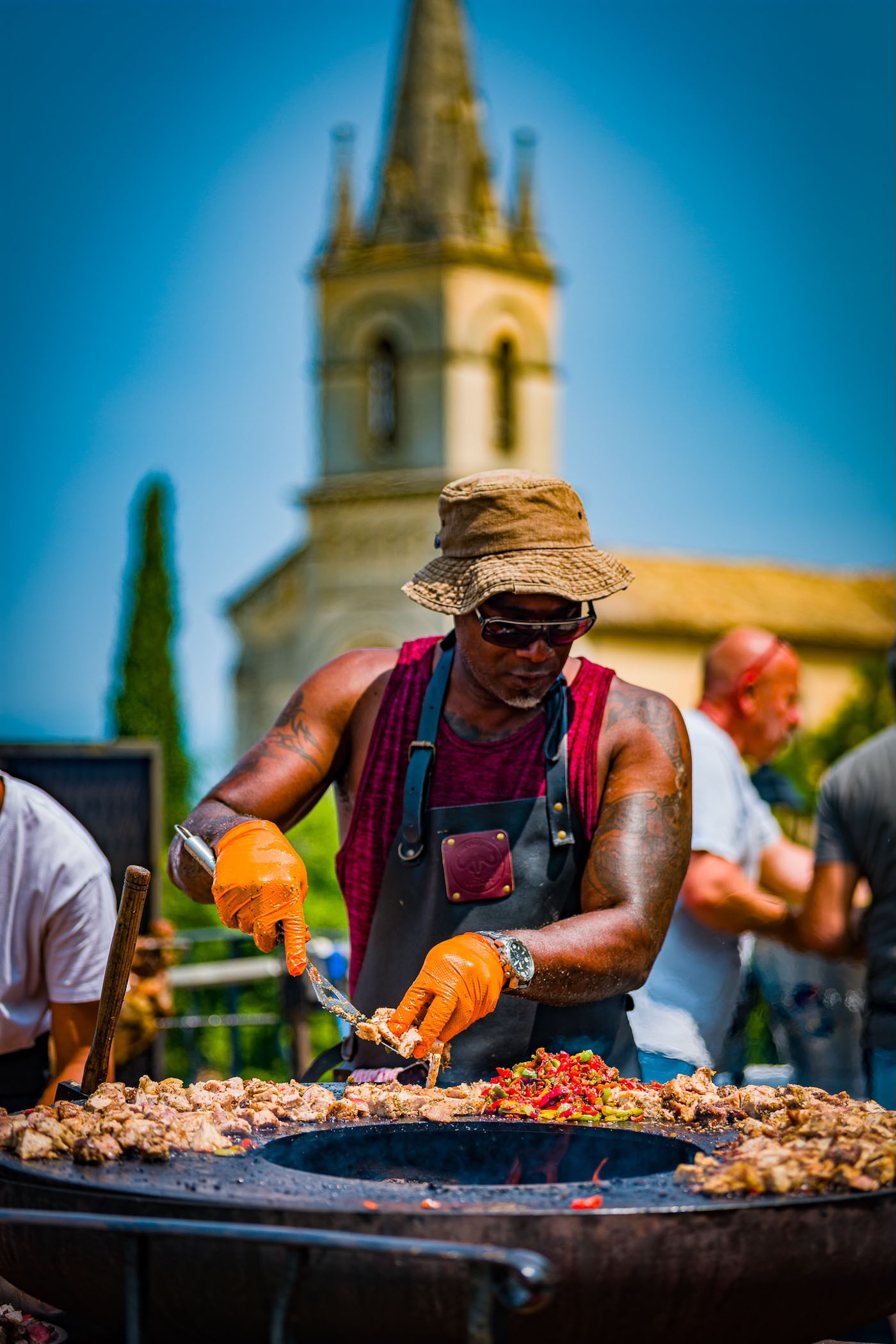
Great story well told, thanks. The photographs bring the story to life.
Thank you Andrew. I appreciate your thoughts. I enjoy this hobby immensely!
Cheers!
Mark
Ghastly colours, just saying.
I wouldn’t go that far, but I think you have overdone the saturation slider by some distance! If you backed off and tried to get closer to natural colours, I think the images would be much better! The narrative is great, though.
I am salivating after reading your article that took me on an culinary experience. I thoroughly enjoyed the article!
I owned both the of the magnificent 24-90 and 90-280 lenses. No other zoom touches the 90-280 APO. I went to see my doctor because my right arm was becoming much longer than my left. My doctor recommended selling both lenses and the problem disappeared.
Thanks for reading the article Brian. I appreciate your time.
All the best!
M.
What was the actual village name in Luberon Valley?
The comment about no American “pit masters” could have been omitted, No?
I am Canadian, which is part of North America, and I took no offence to obvious humour and no disrespect intended.
Agree. Southern US here where BBQ is religion. No offense taken whatsoever. Otherwise the images are definitely vivid but everybody’s ‘vision’ is different. Otherwise the pictures and stories make me long to visit the area. Thanks, Mark, for a great submission. Photography brings us closer together!
Thanks for your understanding and looking past the obvious.
Cheers
M.
Hi Brian,
I couldn’t agree more. Perhaps sarcasm is the lowest form of wit, but between it and irony I’ve got nothing else in my locker. Maybe it is a Canadian thing 😁
M.